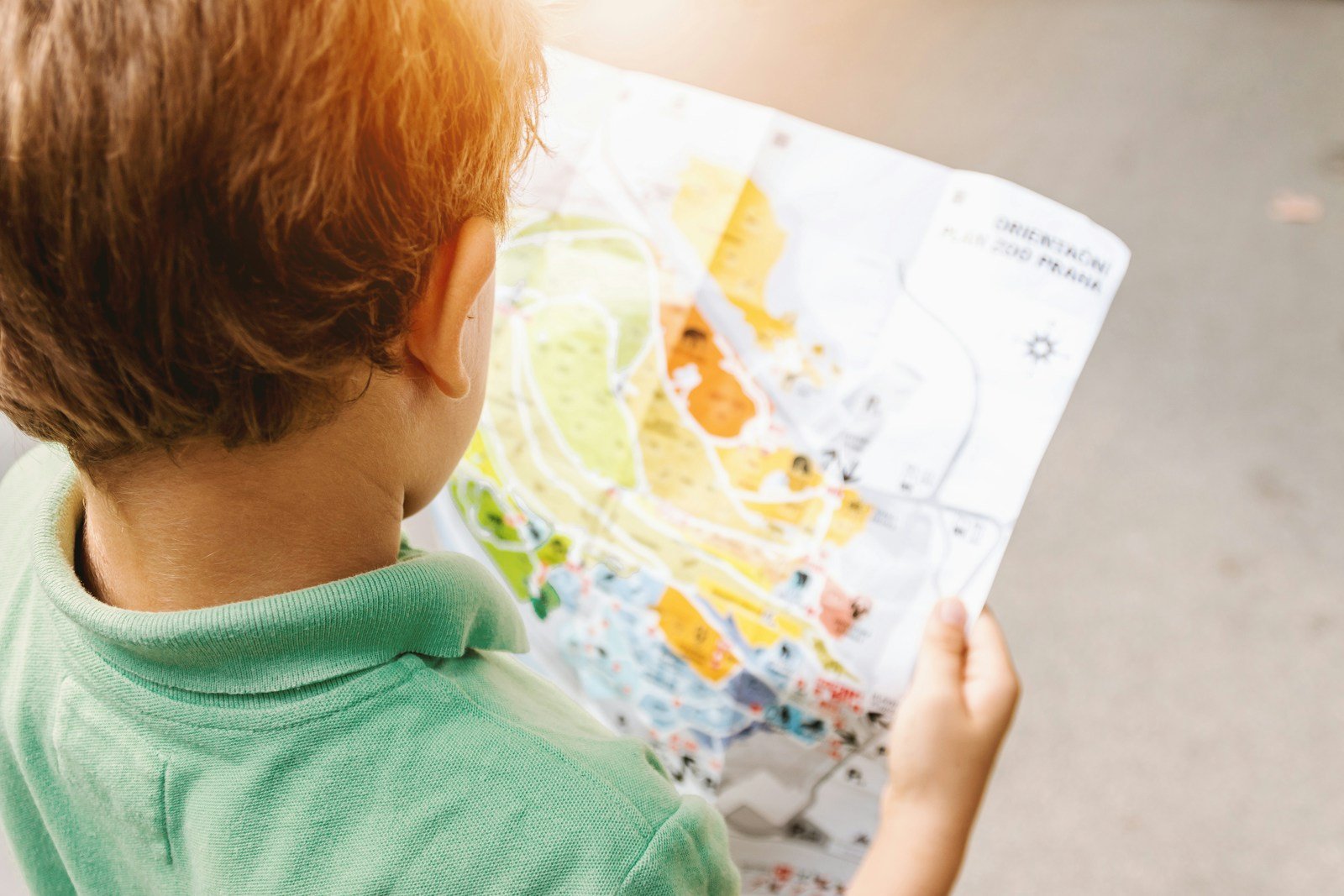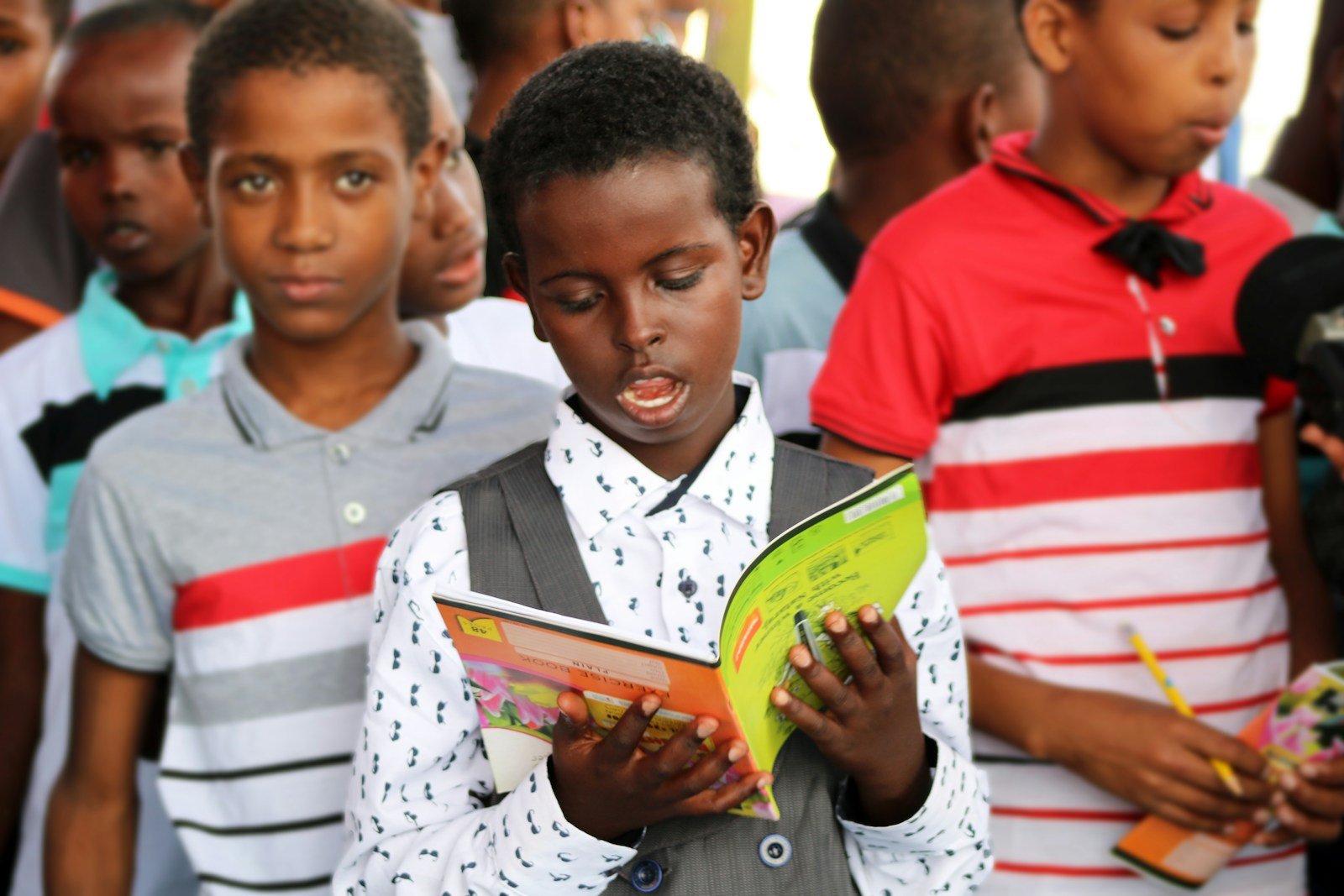Working with children with disabilities takes a person with special qualifications and a special type of heart. This rewarding career path is a great way to make a steady income while helping children become valuable members of society. These children require people with specialized training, though. This specialized training is in the field called Applied Behavior Analysis. Applied Behavior Analysis will teach a person how to use several techniques to produce results in children who need assistance. Here are five of those valuable techniques.
- Positive Reinforcement
- Negative Reinforcement
- Prompting and Fading
- Task Analysis
- Generalization
- Behavior Contracts
- Video Modeling
- Picture Exchange Communications Teaching
- Errorless Teaching
- Peer-Mediated Social Skills Training
1. Positive Reinforcement
A child with learning or social disabilities may not know how to respond in certain situations. Therefore, when they do something correctly, a properly trained professional will know to use positive reinforcement immediately to encourage this behavior in the future. Students will learn the balance of when to reward somebody or when to consider the proper behavior to be expected.
2. Negative Reinforcement
Many times, a child will not act properly. When this happens, the behavior needs to be corrected immediately. A good way to correct bad behavior is to punish the child. Remember, the child needs to be punished immediately and know what they are being punished for. More important, the punishments must be consistent. Too often, children are punished inconsistently, and the punishment is more confusing to the child than effective.
3. Prompting and Fading
Prompts are visual or verbal cues to encourage a behavior. Verbal cues are gentle reminders. Visual cues are even less direct and might be a gesture or a look of your eyes. The child will see this cue and be reminded to behave in a simple way. Examples could be taking their shoes off when walking into the house or washing their hands before a meal. The idea is to eventually fade out the prompts when the child no longer needs them. The prompts can be helpful because they are typically not intimidating or accusatory.
4. Task Analysis
This is a model to help learn about the particular child rather than correct or reinforce behavior. A teacher will give a child a task and watch how they perform it. The analysis is broken down into a number of categories including:
- Physical actions
- Cognitive actions
- Repetition
- Allocation
- EnvironmentOnce a professional has analyzed how a child performs tasks, they can use this information to make other tasks easier for the particular child.
5. Generalization
This is a model to help the child learn. The teacher will take what the child has learned in one setting and apply it to other settings. If a child knows how to sing the alphabet when singing it, the teacher can take their knowledge of the alphabet and try to apply it to other things, such as teaching the child to spell their name.
6. Behavior Contracts
Applied behavior analysts often use contracts to teach children appropriate behaviors. Behavior contracts are brief, three-part plans negotiated between the child and the ABA therapist. Behavior contracts start by listing the positive behavior that the therapist wants to see. For example, the child might have to complete a chore or show a classmate compassion. The contract then outlines what the applied behavior analyst will do once the behavior is done. ABA therapists might give children with shiny gold star stickers or tokens. Behavior contracts finish by setting long-term rewards. Getting 20 tokens might equal an ice cream cone or a new toy. Once a behavior contract’s terms are agreed upon, both parties sign at the bottom. Putting behavioral expectations in writing with enticing rewards can help motivate children.
7. Video Modeling
Since the 1980s, applied behavior analysis research has proven the benefits of video modeling. This ABA technique lets children learn appropriate behaviors by watching others. Visual learners are the best candidates for video modeling exercises. Video modeling shows the child how to behave and complete an activity. It’s designed to improve social, communication, and play skills. For instance, the video might portray a group of children respectfully sharing toys or one child using proper table manners. The child watches the videotape at least once to see the behaviors in action. Afterward, applied behavior analysts recreate the scene and ask children to show what they’ve learned. The hope is that children will mimic others and carry out desired actions. Children with autism are particularly good at imitating people’s behaviors.
8. Picture Exchange Communication Systems
Young children in ABA therapy usually struggle with expressing their wants and feelings. Therefore, picture exchange communication systems are another applied behavior analysis technique. Developed by the Delaware Autism Program in 1985, PECSs are cards with graphics that convey everyday terms. PECs are communication aides that children can point to. Kids who are nonverbal or have limited speaking abilities can benefit greatly. Therapists gradually keep building skills with the picture exchange communication system. Over time, children will expand their vocabulary by repeating the words. The child will eventually learn how to put sentences together with the picture cards. ABA therapists can promote these skills by asking questions like “What do you feel?” Older children can transition from PECS to a speech-generating device.
9. Errorless Teaching
Another of the basic applied behavior analysis techniques is errorless teaching. ABA therapists use errorless teaching to prompt targeted positive behaviors. Errorless teaching is an antecedent intervention style that reduces the likelihood of an incorrect response. Mistakes are few and far between because children are given cues. The therapist could give a verbal, visual, or physical gestural cue to the right response. For instance, children could be asked to find a triangle. The ABA therapist picks up the triangle shape. The child then responds the same way to prevent any mistakes. From there, applied behavior analysts slowly fade their use of hints. The child might be asked to locate the triangle from an oval and rectangle. Getting kids to respond correctly and independently without prompting is the end goal.
10. Peer-Mediated Social Skills Training
Children generally learn social skills better from peers their own age than adults. That’s why applied behavior analysts use the peer-mediated social skills training technique. Peer-mediated SST helps children with disabilities learn how to engage in social situations. Similar to video modeling but in person, peer-mediated social skills training involves other children demonstrating appropriate behavior. Peers model the desired action or activity with verbal and nonverbal cues. Small groups use this buddy system to coach proper social skill development. For instance, peers might show how to play a game or help someone in need. Children watch the peer’s performance before modeling it themselves. If correct, the peers reward and reinforce the behavior with praise or a high-five. Substantial peer-mediated social skills training can change how the child interacts with everyone.
There are many other techniques used in applied behavior analysis to correct problematic behaviors. Discrete trial instruction is a one-on-one ABA method where therapists direct apt responses to new stimuli. Pivotal response treatment is a play-based ABA therapy that targets reinforcing development in critical areas of language and social behaviors. Functional communication training aims to stop tantrums by teaching children to speak or gesture their feelings. Behavior chaining is an ABA technique that instills positive behaviors in a routine sequence. Activity schedules give children in ABA therapy visual prompts to systematically plan their play or social behaviors. Teaching with acoustical guidance is a newer method that uses sounds like music or clickers to reinforce good behaviors. Incidental teaching, fluency-based instruction, shaping, self-management, and scripting are some more useful techniques.
Which Children Benefit the Most from ABA Techniques
Applied behavior analysis is traditionally linked to autism spectrum disorders, including Asperger syndrome. ABA therapy does work wonders to relieve autism symptoms and develop useful social skills. However, applied behavior analysts usually don’t limit their practice to autistic clients. Children with various emotional, cognitive, and behavioral disorders benefit from ABA techniques. Applied behavior analysis helps children with attention-deficit hyperactivity disorder develop self-control and curb impulsive behaviors. ABA therapists help children with obsessive-compulsive disorder overcome repetitive actions and anxiety. Children with post-traumatic stress disorder can attend ABA therapy to better respond to fearful stimuli and memories. Applied behavior analysis can substitute antidepressants to help children with clinical depression cope with sadness and social withdrawal. Children with bipolar disorder, oppositional defiant disorder, conduct disorder, and even eating disorders benefit from ABA.
What Happens During Applied Behavior Analysis
Applied behavior analysts begin by assessing each child’s unique needs. None of the ABA techniques take a one-size-fits-all approach. Therapists invest significant time in evaluating children’s skills and customizing interventions. ABA therapists work with parents or legal guardians to detail the goals of treatment. One child may have difficulty with motor skills while another struggles with self-care or social skills. Therapists develop graduate, concrete strategies for reaching their set goals. Every goal must be specific, measurable, assignable, relevant, and time-based (SMART). Goals will become increasingly harder to achieve as the applied behavior analysis treatment progresses. ABA therapists always mix up their techniques to avoid stagnation and boredom. A variety of methods from contingent observation to active student responding are integrated together.
ABA is a recurring therapy that lasts several months to years. Most children attend applied behavior analysis sessions of two to four hours each for up to 40 hours weekly. ABA therapy can be conducted one-on-one with a therapy or with small groups of children for peer tutoring. Case managers and assistant applied behavior analysts might also participate. Therapists will keep detailed records for each ABA technique used. Applied behavior analysts frequently do assessments like checkups to determine developmental progress. When one technique isn’t successful, he or she chooses another to reach the goals. Only useful, appropriate skills get positively reinforced during ABA. Harmful, disruptive behaviors are redirected or negatively reinforced by punishment. How much does ABA therapy cost? Medicaid and most private insurance plans are required to pay for medically necessary ABA treatment in children under 21.
How to Master Applied Behavior Analysis Techniques
Interested in learning more techniques used in ABA? Becoming an applied behavior analyst necessitates a deep understanding of normal and abnormal behaviors. Most ABA therapists start their careers by earning a bachelor’s degree in psychology, special education, or a similar field. Taking courses related to behavioral intervention will cover ABA techniques in great detail. Practicing as an applied behavior analyst requires a master’s degree though. Master of Arts and Master of Science in Applied Behavior Analysis degrees are best. Behavior analysis could also be a concentration in an M.S. in Psychology or M.S. in Special Education program. Head to the Association for Behavior Analysis International’s accreditation directory for college options. Earning a master’s degree consists of 30-48 credits after a baccalaureate. Most ABA degrees blend courses with 500+ hours of field practicum and an applied capstone project.
Performing applied behavior analysis mandates national certification as well. The Behavior Analyst Certification Board (BACB) handles this credentialing process. Master’s graduates are qualified to become Board Certified Behavior Analysts after an exam. As of May 2020, the BACB requires individuals to have at least 1,500 hours of relevant experience for certification. Certified applied behavior analysts must fulfill every item on the task list to take the 160-question test. Aspiring behavior analysts need to answer at least 114 of the 150 graded multiple-choice questions. Passing with a 76 percent score or better can be difficult. Each year, about 65 percent of the more than 6,000 first-time takers succeed. When individuals fail, there’s an exam retake application with a $140 fee. Becoming a Board Certified Behavior Analyst makes on eligible to deliver all of the above ABA techniques with children, teens, or adults.
Overall, applied behavior analysis is a flexible treatment with many different techniques to try. Each technique strives to replace problem behaviors with more positive, appropriate ones. Improving the child’s concentration, motivation, speech, and social connections are also important. Applied behavior analysis is adaptable to address virtually any disability and client’s needs. The American Psychological Association classifies ABA as an evidence-based treatment supported by research. Several studies have found that ABA techniques effectively nurture developmental gains. Applied behavior analysis is most effective when started early before age five. ABA therapy can instill the daily living skills needed for an independent, productive life.
Children with disabilities need personalized and special assistance. Luckily, there are a number of people trained in these particular techniques and others that help make children who need a little more help successful and happy adults. You can learn these techniques in detail, too, by studying applied behavior analysis.
Source: https://www.appliedbehavioranalysisprograms.com/lists/5-techniques-used-in-applied-behavior-analysis/






